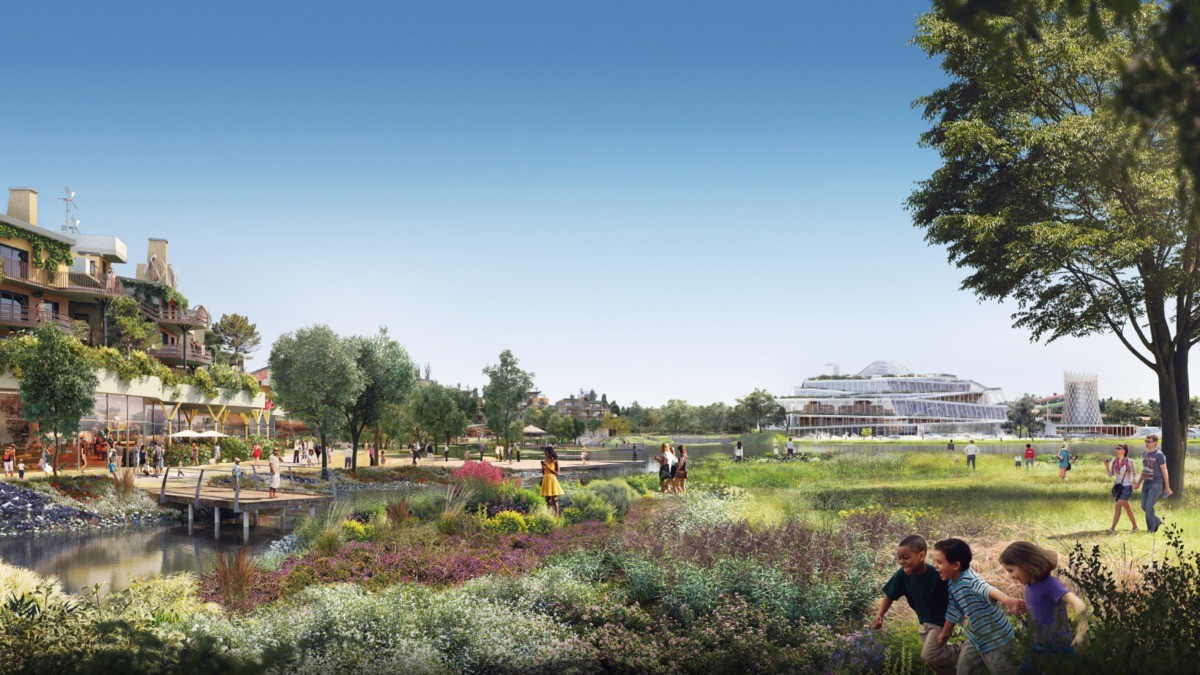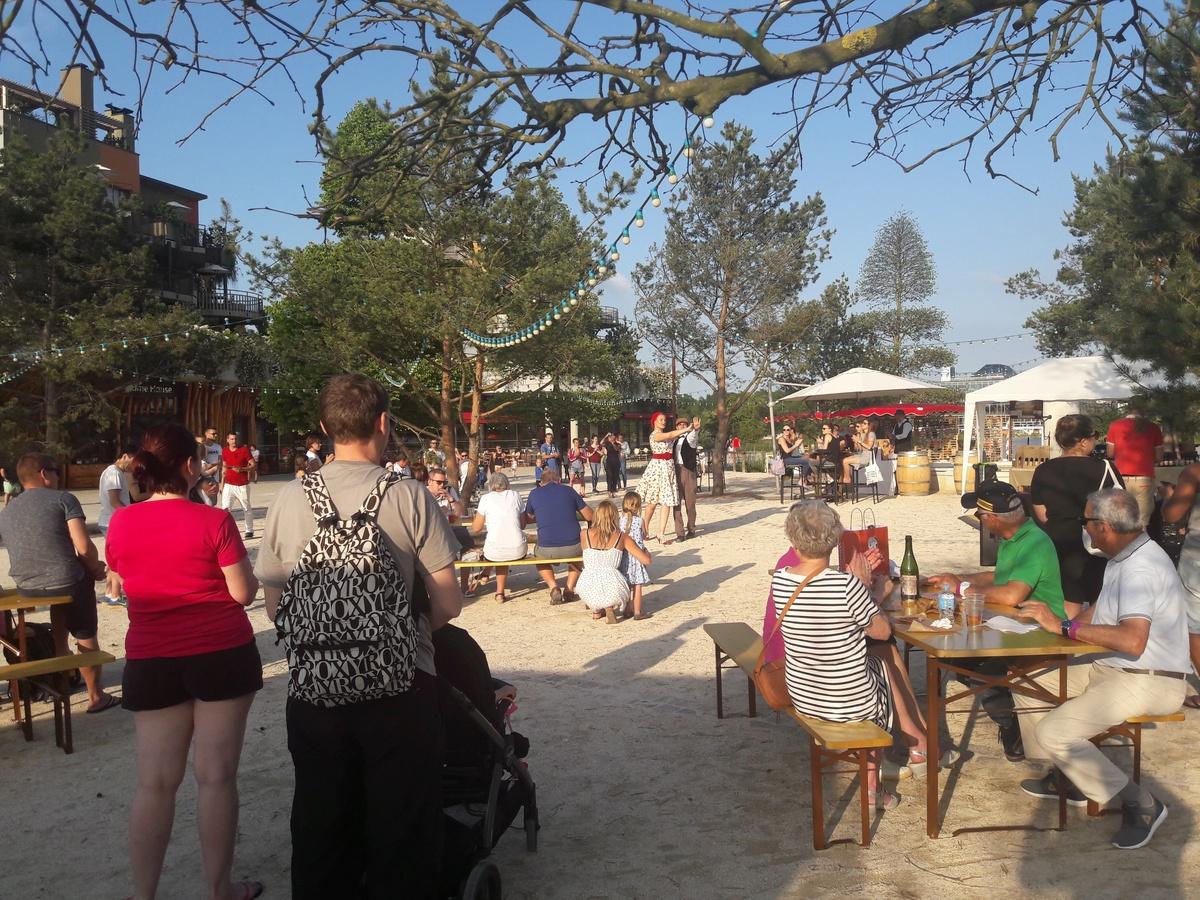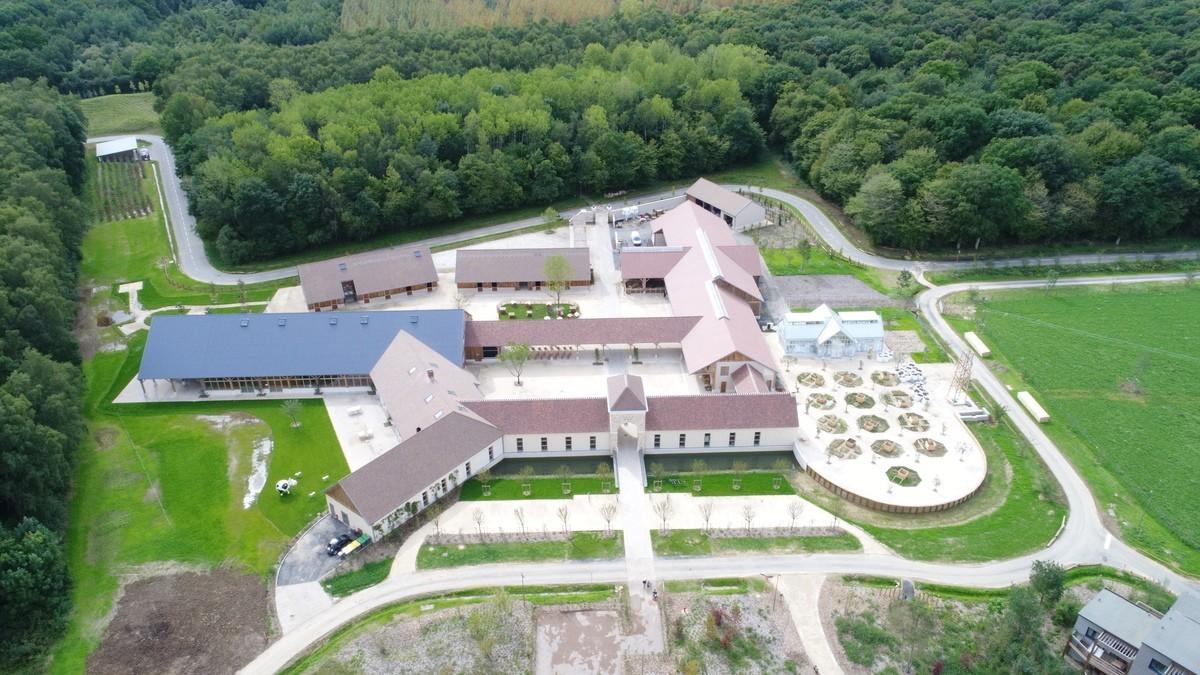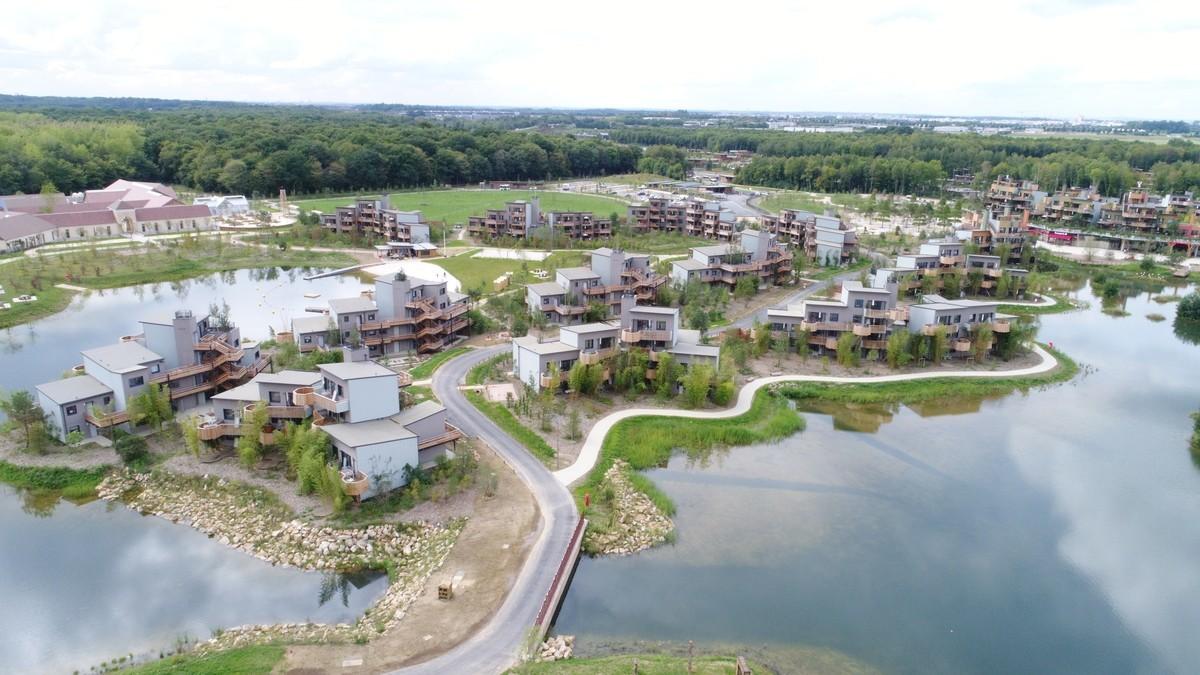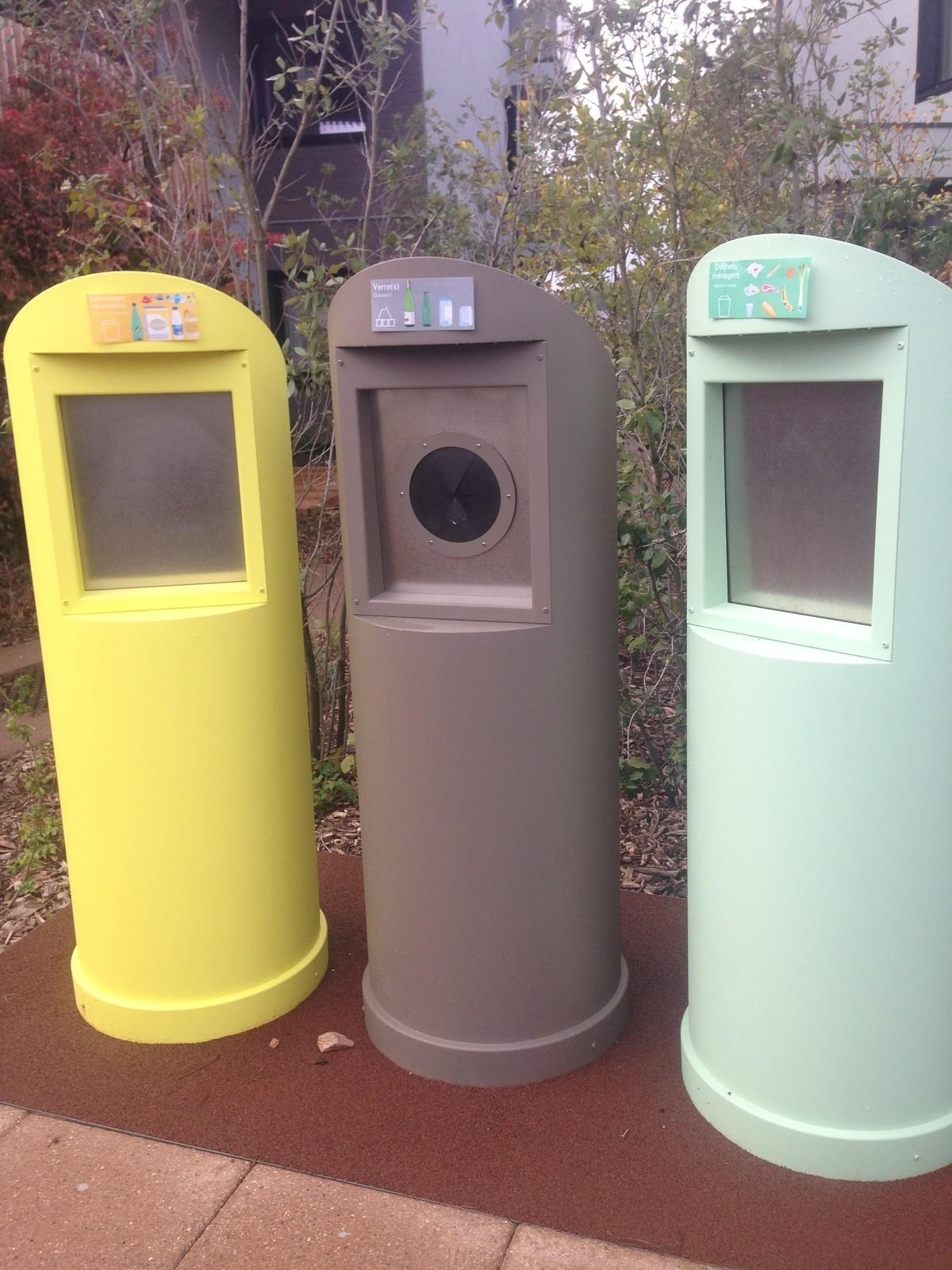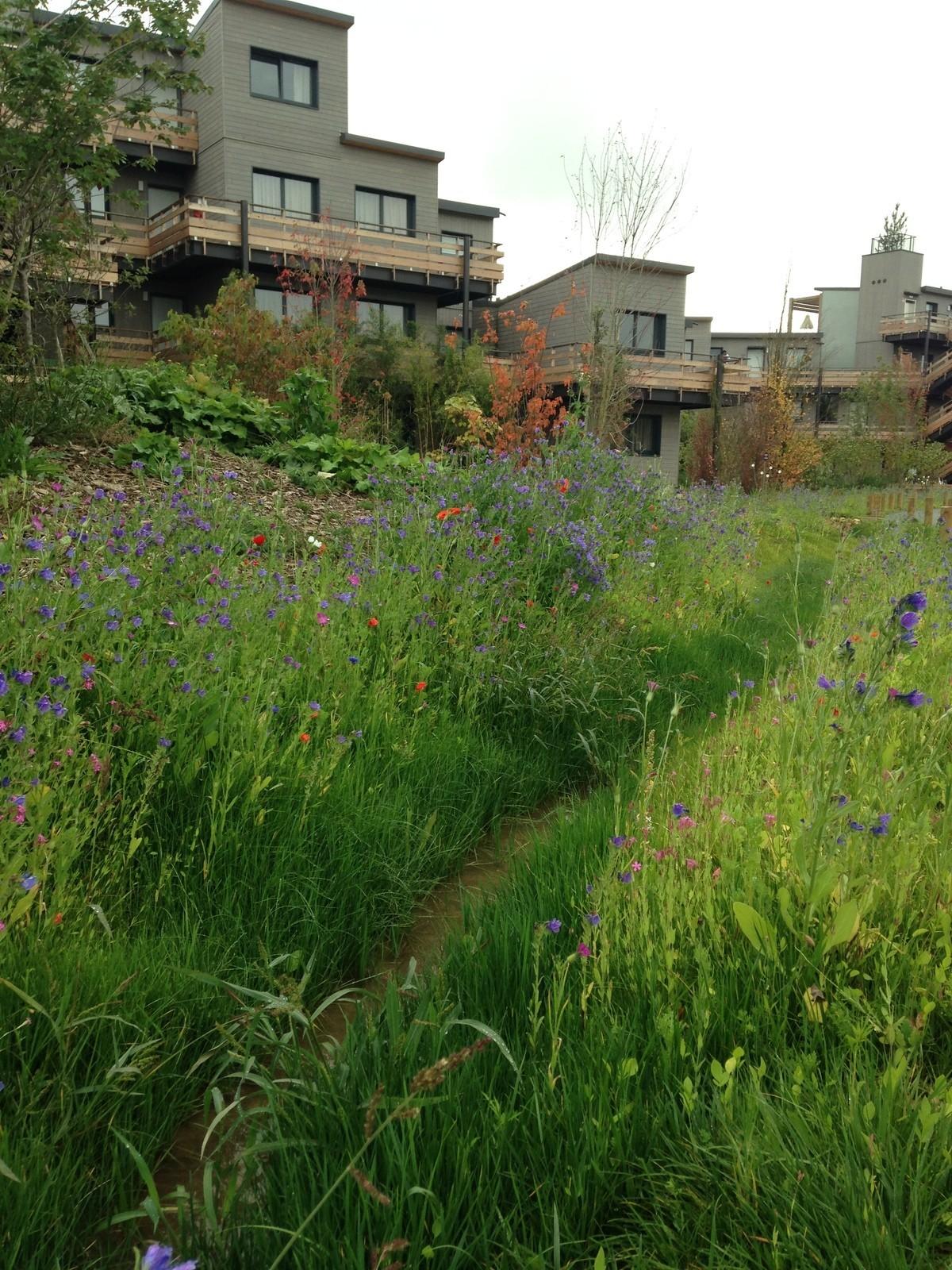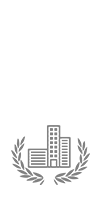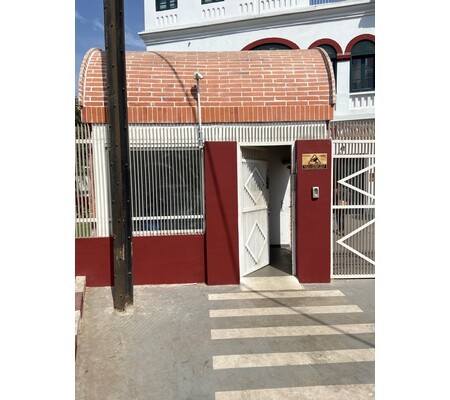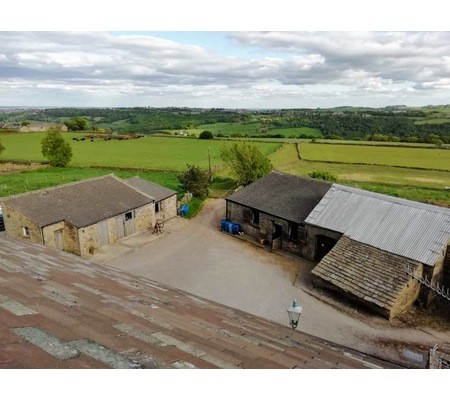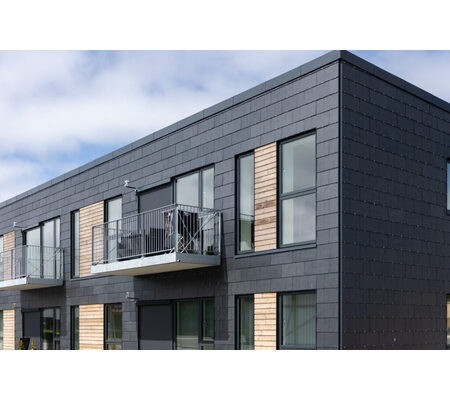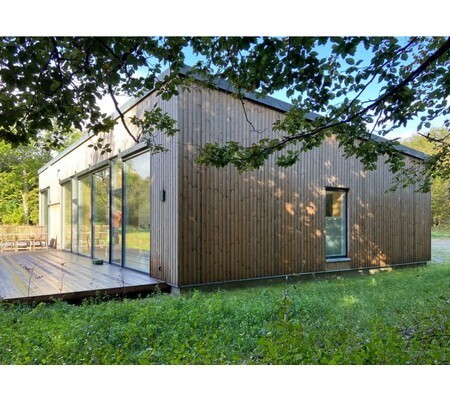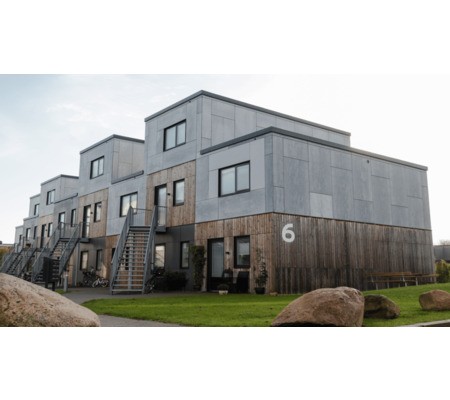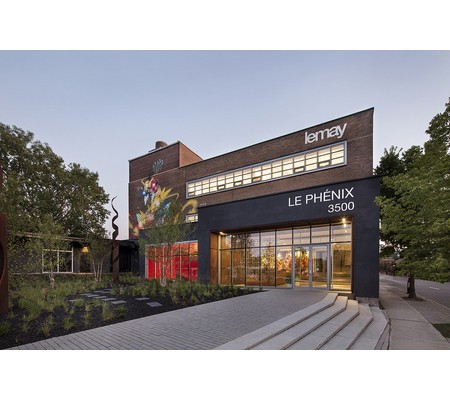Villages nature
Last modified by the author on 22/06/2018 - 17:01
Urban sprawl
- Address 1 - street : 77700 1, RUE DU PRé DES MERLANS, BAILLY -ROMAINVILLIERS, France
- Starting year of the project : 2010
- Delivery year of the project : 2017
Certifications :
-
120 ha -
360 000 000 €
Designed by the Euro Disney Groups and Pierre & Vacances-Center Parcs, Villages Nature® Paris is a sustainable family tourism destination, short and medium stays, European-wide, based on the encounter between Man and Nature.
Developed over 120 ha at its opening, Villages Nature® Paris will offer 5 recreational universes (the Aqualagon and its geothermal lagoon heated all year round at 30 ° C, the BelleVie Farm, the Extraordinary Gardens, the Forest of Legends and the Promenade du lake) as well as 916 cottages and apartments divided into 3 ranges.
To structure its sustainable development strategy, the MOA is committed to the One Planeth Living approach.
Programme
- Housing
- Businesses and services
- Public facilities and infrastructure
- Green spaces
- Others
Method used to calculate CO2 impact
Bilan des émissions de CO2 réalisé par EGIS, à partir des données FDES ou des données de la base carbone de l'ADEME (uniquement clos-couvert)
Project progress
- Operational phase
Key points
- Quality of life
- Economic development
- Mobility
- Biodiversity
- Energy /Climate
Approaches used
- Others
Certifications
- Autre
More info
https://www.bioregional.com/wp-content/uploads/2018/06/Villages-Nature-Paris-Annual-Review-2017.pdfData reliability
Assessor
Type of territory
Villages Nature is located in Val d'Europe, the fourth sector of the new city of Marne-la-Vallée in Seine-et-Marne, 6 km south of the Disney parks, in the municipalities of Villeneuve-le-Comte, Bailly -Romainvilliers and Serris.
Awards and certifications:
- "The Best Initiative in Sustainable Development and Social Responsibility" awarded at the 2017 Worldwide Hospitality Awards (see press release http://animation.corporate.groupepvcp.com/doc/news_budget/PVCP_HospitalityAwards2017.pdf)
- "Recognized by the United Nations Environment Program" UNEP
- NF Sporting Equipment Certification - HQE Approach for Aqualagon
Climate zone
[Cfb] Marine Mild Winter, warm summer, no dry season.
More info
https://www.epamarne-epafrance.fr/projet/villages-nature-paris/Built surface on natural or agricultural spaces
120,00 ha
Number of residential units
916
Project holder
Project management
Project stakeholders
Egis Conseil Bâtiments
Assistance to the contracting authority
Assistance to the contracting authority Envrionement on the operation
data/sources/users/9241/accompagnement-de-la-construction-durable.pdf
Interscène
Construction manager
http://www.interscene.fr/
Jean de Gastines Architectes
Architecture agency
http://www.jdg-architectes.com/projet/village-nature/
Jacques Ferrier Architectures
Architecture agency
http://www.jacques-ferrier.com/projets/aqualagon/#1
SOLUTIONS
Quality of life / density
One of the ten axes of the project's Sustainable Action Plan is to "develop the human dimension of sustainable development by making the well-being and satisfaction of visitors, employees and residents an indicator of the overall performance of the destination". To do this, the performance indicators are monitored each year:
- Customer satisfaction and commitment measurement
- Review of proposed activities and participation rate
- Employee satisfaction
- Assessment of actions taken in favor of employment, diversity, safety, training and the personal and professional development of employees.
Special attention is paid to:
- Ensure the safety of visitors and employees on site by adapting operating modes, procedures, equipment and materials
- Ensure that the flow of traffic related to Villages Nature activities fits safely into the current circulation of local residents or even improve them
- Ensuring impeccable quality of bathing water in the Aqualagon
- Use health and environmental friendly products for site maintenance and housing development
- Limit noise, olfactory and visual nuisances for visitors and residents
- Propose and promote a wide range of wellness activities for clients and employees
- Ensure fair treatment of employees in any situation regardless of their origin, gender, disability, etc.
Net density
Culture and heritage
One of the ten axes of the Sustainable Action Plan of the project is to "make the stay a transformational experience for visitors, in order to awaken them to sustainable development, while at the same time developing and developing synergies with the key players and places of tourism. in Seine-et-Marne ". To do this, the performance indicators are monitored each year:
- Number of events and activities organized to raise awareness of sustainable development
- Number of visits to tourist sites in Seine-et-Marne from the visitors of Villages Nature.
Special attention is paid to:
- Promote and support the cultural activities of the cities and territories of Seine-et-Marne (examples: Musik'elles de Meaux festival, Médiévales de Provins ...), integration with the events calendar
- Plan a "sustainable development" training program for all employees with modules adapted to each business to contribute to the establishment of a culture of sustainable development within the company Villages nature
- Insuffle, through the activity program and positive communication, an atmosphere that makes visitors want to participate, to change things together
- Develop the role of "smugglers" to discover the site's natural resources, as well as their professions and the values of sustainable development
- Propose activities allowing to apprehend the nature by the senses (walks discovery, gastronomy, activities of awakening of the senses, in particular with the Farm ...)
SOLUTIONS
Local development
- Share of purchases from suppliers or service providers within 100 km of the site
- Local tax benefits (7 million euros / year)
- Number of direct and indirect jobs created (4500, including 1600 direct)
- Share of resident employees of the department
- Share of local companies consulted in tenders
Circular economy
One of the ten axes of the Sustainable Action Plan of the project is to "Propose a healthy diet with products processed on site or from short circuits, an offer of products from organic farming and favoring local productions". To do this, the performance indicators are monitored each year:
- % of purchases in labeled food (organic, fair trade, other)
- % of food purchases produced in the region (and / or 100km radius)
To do this, special attention was paid to:
- Establish partnerships with local producers (creation of a "local" village market with 20ne producers, artisans and local artists as evidenced by the photo)
- Define, with catering partners, an objective of integrating local and / or labeled products (organic farming, fair trade, etc.)
- Minimize the use of chemical inputs in on-site production (zero phyto objective)
- Seeking catering partners committed to promoting sustainable, healthy and quality food
- Define with partners a strategy for reducing food waste
- Create a production farm with products stamped Villages Nature
- Offer meetings with local producers (eg local market)
- Develop educational activities (processing workshop, organic farming, etc.)
Mobility strategy
One of the ten axes of the Sustainable Action Plan of the project is to "design a site without a car, and reduce the environmental impact of transport related to the movement of visitors and stakeholders on the site". To do this, the performance indicators are monitored each year:
- Share of use of public transport by visitors for arrivals and departures (%)
- Average emissions of greenhouse gases related to visitor transportation (arrival and departure)
- Share of alternative modes of transport to the individual car by employees (%)
- Carbon balance of employee trips and transport related to site maintenance
Special attention is paid to:
- Promote access by public transport by providing a shuttle for staff and visitors from the RER station to the site
- "0 trips in individual vehicles during the stay on the site": adapted mass plan and development of accessible and comfortable alternative modes of transport for customers and employees (bicycles, trails, electric golfettes)
- Propose mobility solutions with low environmental impact for local excursions (eg soft link networks in the north and south, provision of individual electric vehicles ...)
- Define a carbon offsetting policy aimed at raising awareness and contributing to actions aimed at having a positive impact on the climate
Water management
One of the ten axes of the Sustainable Action Plan of the project is to "treat on site and recycle part of the waters of the Aqualagon, maintain the hydrographic balance of the site and the quality of the watercourses downstream, as well as choose equipment and systems for reducing water consumption ". To do this, the performance indicators are monitored each year:
- Drinking water consumption of accommodation (consumption target below the national ADEME average of -20%)
- Drinking water consumption of Aqualagon (High Performance level of HQE certification)
- Consumption of non-potable water for watering (100%)
- Maintenance of groundwater level and groundwater quality (Limestone of Brie and Champigny)
- Maintain the "baseline" level of flow and quality of project receiving streams
- Quality of the ecosystems of the internal basins
To do this, special attention was paid to:
- Select hydro-economic equipment (low flow tap, double flush toilet, etc.)
- Provide tools for measuring and monitoring water consumption (meters and BMS) and a system for managing leaks throughout the network
- Limit the water consumption of the Aqualagon (high performance water treatment system in particular)
- Treat part of the waters of the Aqualagon via the Extraordinary Gardens (filter gardens)
- Do not fill ponds with groundwater or drinking water
- Limit watering needs to 11 ha of landscape (<10% of developed areas) and ensure only non-drinking water
- Select landscaping species to limit water consumption
Waste management
One of the ten axes of the Sustainable Action Plan of the project is "Maximize the sorting and recovery of waste and offer customers a fun and incentive experience to raise awareness of waste management". To do this, the performance indicators are monitored each year:
- Kg.nights.year of waste generated
- % of sorted and recovered waste for dwellings
- % of sorted and valued for shops, restaurants and leisure facilities
- Tons of green waste composted on site or valued.
To do this, special attention was paid to:
- Include in the Green Building Charter a goal of recycling 70% of construction waste (which was largely achieved in implementation)
- Define and implement an active sorting policy, available to all site stakeholders (shops, catering partners, service providers, etc.) and integrated into the specifications
- Create sorting incentive conditions for customers: Accessible bins, well dimensioned and with clear and comprehensible signage by all; voluntary delivery points positioned at least 50 m from the dwellings and dimensioned to limit collection rates; clear communication ...
- Encouraging the sorting of fermentable organic waste from customers
- Establish a recovery plan that promotes local sectors and recycling, and integrate recovery objectives (material and energy) with the specifications
Biodiversity and natural areas
One of the ten axes of the project's Sustainable Action Plan is to have "a neutral impact on the 72 protected species identified on the site and to design landscapes and developments in a" positive biodiversity "approach". To do this, the performance indicators are monitored each year:
- Tracking protected species
- Non-urbanized areas for the purpose of preserving biodiversity and / or ecological continuity (about 117 ha)
- Presence of invasive species
- Vegetation surface of the building
- Quantity of sanitary phyto products used
To do this, special attention was paid to:
- Design the project by integrating ecological issues (conservation of wooded islands, avoidance of the protected flora station, renaturation of the ru de la Folie, etc.);
- Set up a site organization compatible with the preservation of the environment via the Chantiers verts charter;
- Monitor the implementation of avoidance and impact reduction measures by an ecologist (marking and protection of sensitive areas, adaptation of construction periods to sensitive periods for wildlife, creation of alternative habitats for wildlife, etc.). );
- Carry out in situ and ex situ compensation measures (renaturation of the Lignière trough, creation of a network of ponds, etc.);
- Monitor the quality of rus and storm basins during construction and throughout the life of the site;
- Promote biodiversity throughout the life of the park by implementing an ecological management plan for green and natural areas.
Climate adaptation, resources conservation, GHG emissions
One of the ten axes of the Sustainable Action Plan of the project is to "Towards a" zero carbon "site with buildings complying with the RT 2012 (in anticipation), as well as 100% of the original renewable heat and 100% all energy by 2020. To do so, the performance indicators are monitored each year:
- KwH.night.year (housing) / KwH.m2.year (housing) / CO2.night.year - MWh / year of renewable energy produced on site -% of energy consumption covered by renewable energies.
To do this, special attention was paid to:
- Install a geothermal plant on site
- Obtain HQE certification for Aqualagon with TP target energy treatment
- Implement measures to reduce the losses of the heated outdoor pools of the Aqualagon: night emptying (reduction by 10 of the heat consumptions for the basins) and protection of the basins with the winds
- Achieve RT 2012 level for all buildings
- Referencing appliances class A minimum class A +
- Provide a metering system for energy consumption (heat and electricity) per entity and a BMS for the site
- Train teams to pilot, control consumption and eco-gestures - Integrate emblematic and fun equipment related to energy production (wind bike bike center for example)
Energy mix
Share of gross renewable energy consumed on the site:> 76%.
Total contribution to renewable energies is 99.8% (thanks to a green EDF contract)
SOLUTIONS

Buildings
One of the ten axes of the Sustainable Action Plan of the project is to "Promote building materials with lower environmental impact, promote durable goods".
The following commitments have been achieved in particular:
- 100% of the rubbish reused on site
- Reduced closed-roof carbon footprint of dwellings by using wood
- 100% of solid wood used in construction with a guarantee of sustainable origin (PEFC / FSC)
- Valorization of wood and cuts from clearing in the project (furniture, land art, etc.)
- Look for low energy gray cements, especially on Aqualagon
- Use eco-labeled and / or low-VOC material references for interior furnishings and equipment products
- Put in place a responsible purchasing policy for all stakeholders / site providers




